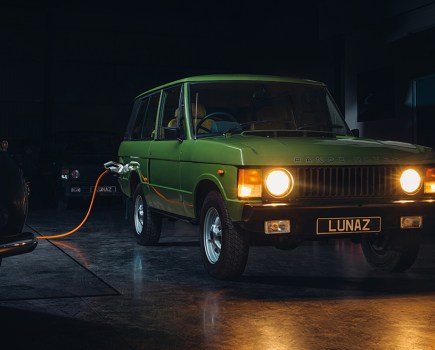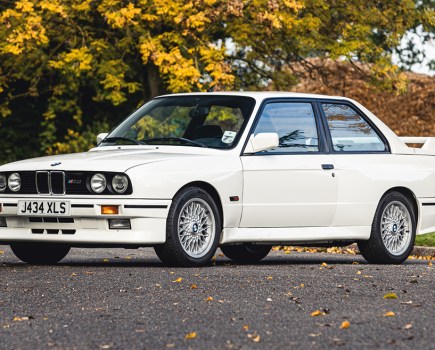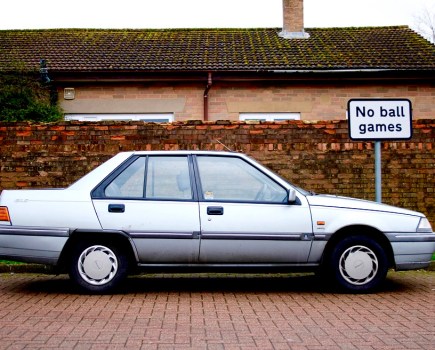My ownership of a 1996 Citroen Xantia has now passed the two-year mark. Overall I’m very pleased with it; it’s been the reliable, versatile and practical ‘modern’ (I know it’s 22 years old, but I still think of P-Reg cars as modern) car that I wanted, and it’s still got enough of the old Citroen features to keep my interest. The famous suspension and its wafty ride is always welcome.
But it’s been an eye-opening experience in another way, because for the first time I’m running a car that’s generally held to be a banger. Previously I’ve always owned cars that were bona fide classics (Citroen 2CV, Mini, MG Midget) or that were unloved in general but had a support network for them (Austin Metro). Even my grotty Series III Land Rover, owned a time when these models were cheap and not especially cheerful, benefited from low-cost and readily-available parts and a dense web of specialists and enthusiasts in almost every village in the country.
The Xantia is different. While it has its fans (enough to keep a dedicated sub-register of the Citroen Car Club on the go) it’s essentially worthless and shows no signs of climbing out of the bottom of its depreciation curve any time soon. Most garages don’t to touch it because it’s an old car, and a weird old Citroen at that. Xantia-specific parts are very hard to find and expensive to buy when you do unless you have access to a breaker. Never before have I run a car that’s teetering on the edge of oblivion.
I bought the Xantia for the grand sum of £450. It needed twice that amount to get it through the first MoT in my ownership, mostly on account of it requiring two new rear wheel bearings. Had I been running this car on a purely economic basis that would have been it – off to the scrapyard (or Car Recycling Centre as they’re now called). Later that year I forked out the purchase price again on some necessary fixes and servicing on the suspension. This year has been no different. A low-speed shunt put an irritating crease in the bonnet (fortunately avoiding anything in the way of lamps or grilles, which are very tricky to source). That was £330 to have repaired. The impact put a split in the washer bottle, which is no longer available new and is surprisingly hard to track down second-hand. Someone who just ran the car as cheap transport may not have bothered ringing round half a dozen breakers to get the right part and it won’t pass an MoT without it, so for the sake of a part which actually costs £5.75 plus shipping that could have been the end of it.
I’ve just put a set of new tyres on the Citroen for £260 – almost half its worth. None of this has done anything to increase the Xantia’s value or its desirability. It’s still worth somewhere under £500 and I’ve spent over twice that on it, purely because I like it and to me it is worth more than a bald financial figure. But had a, dare I say it, ‘normal’ person with healthy hobbies bought it in the spring of 2016 any one of these outlays could have been the end of the road. Or they would have been ignored or repaired on the cheap, leading to the 20-plus year-old Citroen getting even grottier and becoming even less worth saving.
In the longer term the Xantia needs its heater matrix replacing because it has a slight leak causing it to smell like a council swimming pool with the blower on and the windscreen to fog up in cold weather. This is a near-universal fault with Xantias when they hit the two-decade age mark and its caused by the two O-rings connecting the matrix to the hoses (unit cost about 50p) perishing. But to replace them the entire dashboard and its innards has to come out, which is really best left to a specialist who will charge somewhere in the region of £500 to do this infamously nasty job. Quite a few Xantias now run around with their heaters bypassed because their owners baulk at paying more than their car is worth to fix the problem. I will be getting it sorted, and the same goes for the air conditioning, which is in need of a new compressor. I could easily spend £1000 fixing the Xantia’s remaining faults, which is lunacy for such a low-value car. But I like the idea that each time I get out the debit card or write a cheque I am buying the car a little extra bit of lifespan on top of the fact that I get to continue to use it.
Theoretically the Xantia will, at some point, become an appreciating asset and they’ll be worth saving from a financial as well as an emotional point of view. But how many will make it that far? How many are in the hands of people like me who already see their value without a pound sign in front of it? It’s given me a fresh appreciation of those 1960s and 1970s cars you see at shows – rare survivors of once-common models most of which never made it through the ‘banger’ phase. Every single one passed through the hands of someone with an enthusiasm for the car in itself at a crucial phase in its life. Someone paid the bill that most other people would have baulked at. And that was the difference between a Hillman Avenger going to the crusher in 1985 and being on a show field in 2018. A sobering thought.





